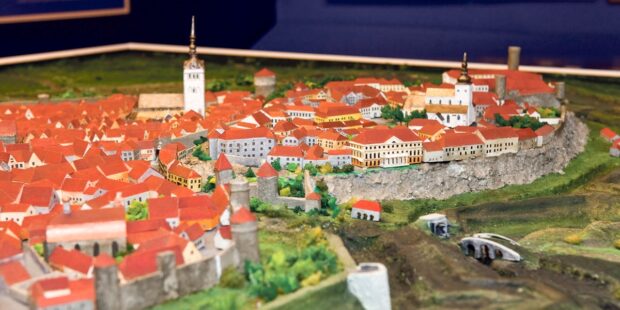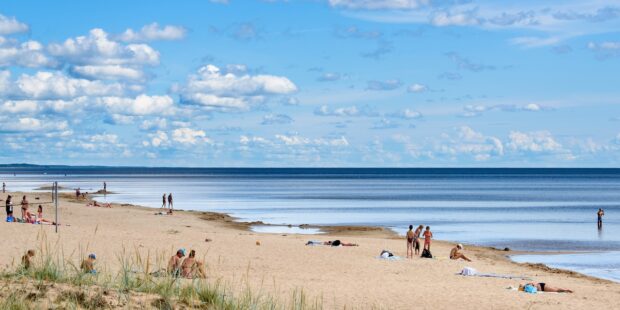5 Things You Don’t Want to Miss in Tallinn
Text Ingel Kink Photos Andrei Chertkov, Mikko Virta
Have you ever wandered through a city that feels like a living, breathing storybook? Tallinn, the capital of Estonia, is precisely that kind of place. Situated on the shores of the Baltic Sea, Tallinn effortlessly combines a historical feel with modern innovation. Visitors are treated to a variety of experiences that inspire the imagination and provide a sense of peacefulness.
In this article, we will share 5 things that you don’t want to miss during your visit to Tallinn. So grab your most comfortable walking shoes and let’s get to it:
1. Old Town
Tallinn’s Old Town stands as one of the best-preserved medieval cities in Europe, earning its spot on the UNESCO World Heritage List. The cobblestone streets and architecture from the 13th to 16th centuries offer visitors a glimpse into the city’s rich history.
Strolling along the cobbled streets surrounded by medieval architecture is already an experience. Every corner holds a story, waiting to be discovered and offering picturesque scenes, which are perfect for filling your Instagram feed and photo album with unforgettable memories.
If you want to make the most of what the Old Town has to offer, we recommend dedicating a full day to exploring it. With so much to see and experience, from centuries-old churches, historic landmarks, and museums to hidden courtyards, stunning views, and cozy cafes, you will need more than enough time to take it all in.
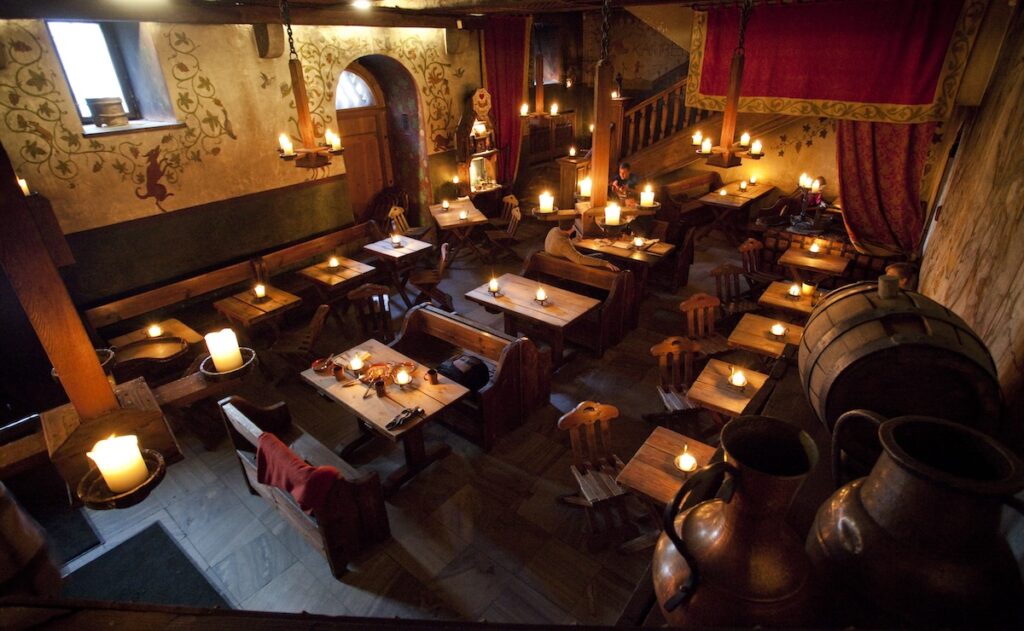
2. Traditional Estonian Food
Trying traditional food is a great way to immerse yourself in local flavours and culture. Estonian cuisine is as rich as its history, having been shaped by influences from neighboring countries. German, Russian, and Scandinavian periods have left their mark, adding layers and complexity to traditional dishes. Estonian food is all about using locally sourced ingredients to create dishes that tell a story of resilience and resourcefulness.
But where can you try traditional Estonian food in Tallinn? If you want to have a medieval Hanseatic experience and enjoy dishes prepared according to recipes that are 700 years old, head to Olde Hansa. For a more contemporary experience, visit the Farm restaurant, where a rich heritage of tradition meets modern gastronomy. Let’s not forget Kaerajaan, located in the historic surroundings of Town Hall Square, offering traditional Estonian cuisine with a modern twist.
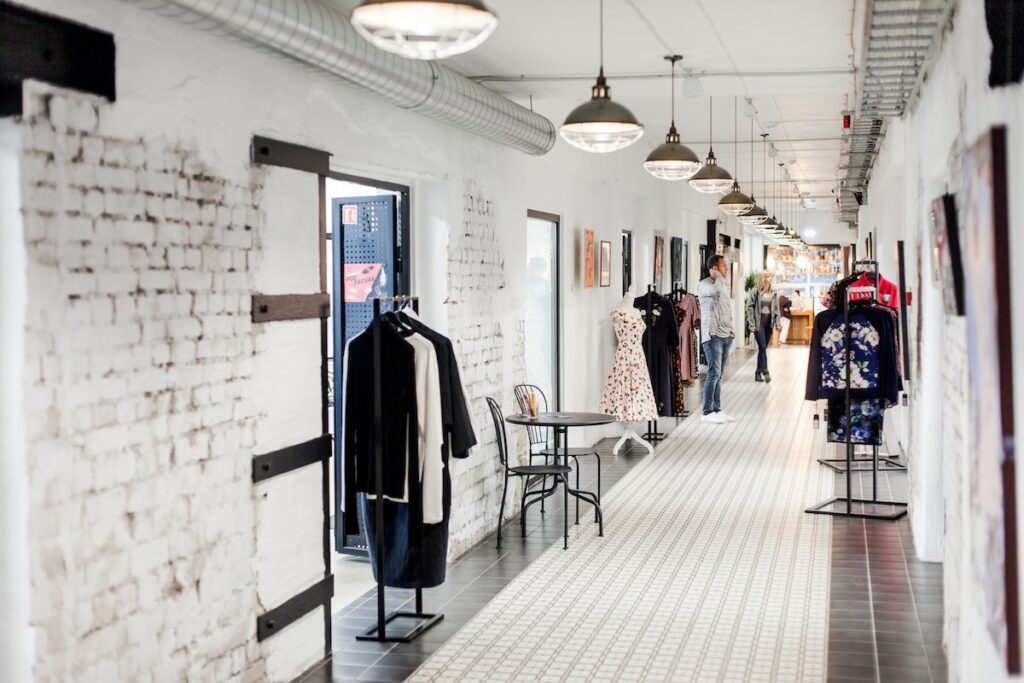
3. Telliskivi Creative City
Originally an industrial area, it was off limits to the general public during Soviet times, but in the early 2000s the area began to undergo a remarkable revitalisation, becoming Estonia’s largest creative hub. Telliskivi Creative City is home to more than 300 creative businesses, NGOs, and start-ups, and offers visitors a diverse range of experiences. You can shop for unique handicraft products, eat delicious food, listen to live music, and enjoy theatre performances. A host of events and festivals take place throughout the year, including Tallinn Music Week, Telliskivi Flea Market, and Telliskivi Design Market. Whether you’re an artist, entrepreneur, or just a culture lover, Telliskivi Creative City offers you plenty of inspiration.
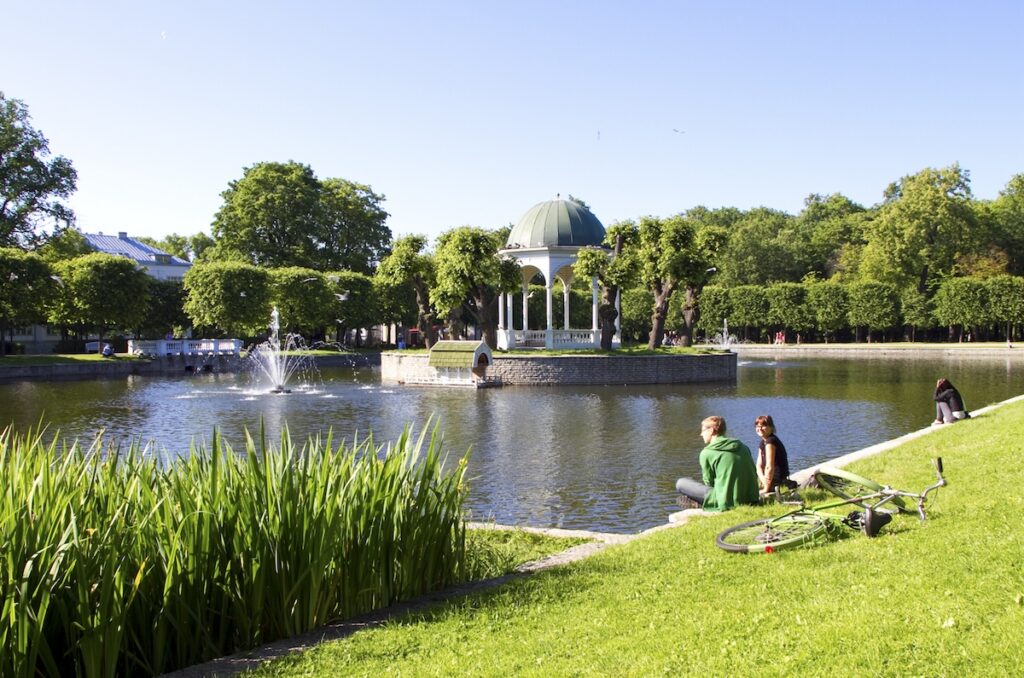
4. Kadriorg Park and Japanese Garden
Kadriorg Park is Estonia’s most prominent city park, covering around 70 hectares. This majestic park, created in 1718 by order of the Russian Tsar Peter the Great, is a masterpiece of landscaping that combines elements from the 18th, 19th, and 20th centuries.
The most popular attractions in the park are the Swan Lake and the flowerbeds around it, and the promenade that leads directly to the Presidential Palace. There are also various museums and sculptures in the park. When visiting, be sure to take a walk in the Japanese Garden, the newest part of the park that was opened 31 July 2011. Designed by Japanese landscape designer Masao Sone, the garden’s rocks are arranged to mimic the silhouette of Tallinn Old Town’s rooftops, with higher stones resembling church spires and lower ones evoking tiled roofs.
Central to the park is the grand Kadriorg Palace, originally built as a summer residence for Tsar Peter I. Today, it serves as an art museum, which is the only museum in Estonia dedicated to early European and Russian art.
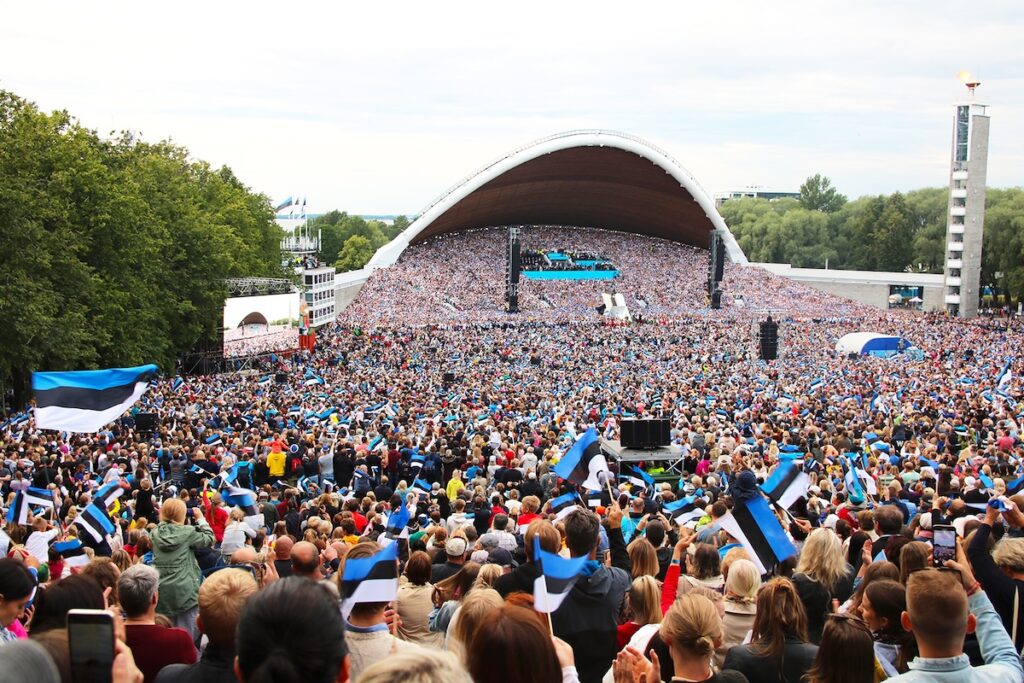
5. Song Festival Grounds
If you are already wandering around Kadriorg Park, we definitely recommend visiting the Song Festival Grounds that are located nearby.
The Song Festival Grounds are a place very close to the hearts of Estonians, being the place where they came together in 1988 to sing patriotic songs. This landmark event became known as the Singing Revolution, which ultimately led to the overthrow of Soviet power.
The Song Festival Grounds are best known for the Song Festival, which takes place every five years, bringing together thousands of singers and choirs from across the country to sing together. It also hosts the biggest open-air concerts. The stage here can hold 15 000 singers, and up to 100 000 spectators at a time. In addition, there is a 42-metre-high lighthouse next to the stage, which offers beautiful views of the Festival Grounds and the city centre beyond. The fire in the lighthouse only burns during the Song Festival.
Visitors can explore the iconic arch and stage, which serve as a symbol of Estonian’s love for music and commitment to their cultural heritage. There is also a visitor centre where you can learn more about the history. Whether attending a concert, taking a leisurely stroll through the complex, or simply soaking in the atmosphere, a visit to the Song Festival Grounds is definitely worth it.
To learn more about this and similar topics


